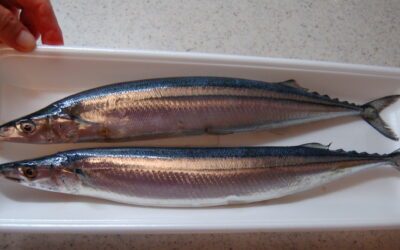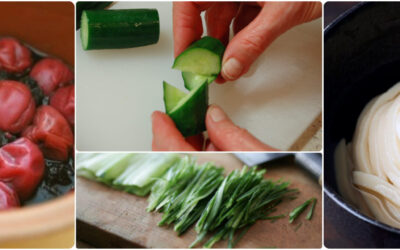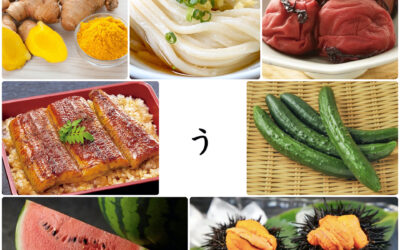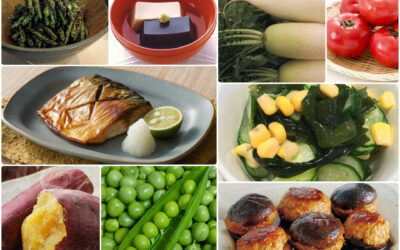
Kitchen Culture Cooking Club
EXPLORE and PRACTICE Japanese cooking in your own kitchenAbout Kitchen Culture Cooking Club
Welcome to the Kitchen Culture Cooking Club, a community space providing encouragement to those who want to EXPLORE and PRACTICE Japan’s washoku wisdom in their own kitchens.
To facilitate this, themed projects will be posted to this page periodically. Project Assignments and links to relevant reference material stored on this site will be posted to this page. Anyone, anywhere in the world, with a sincere interest in Japanese food culture is welcome to browse the contents of this page and then replicate the themed project in their own kitchen.
For those who wish to display-and-discuss their projects with like-minded people, I invite you to join the KITCHEN CULTURE Cooking Club Facebook Group (formerly the TSUDOI Project), an interactive community space.
PROJECT: Ika Yaki
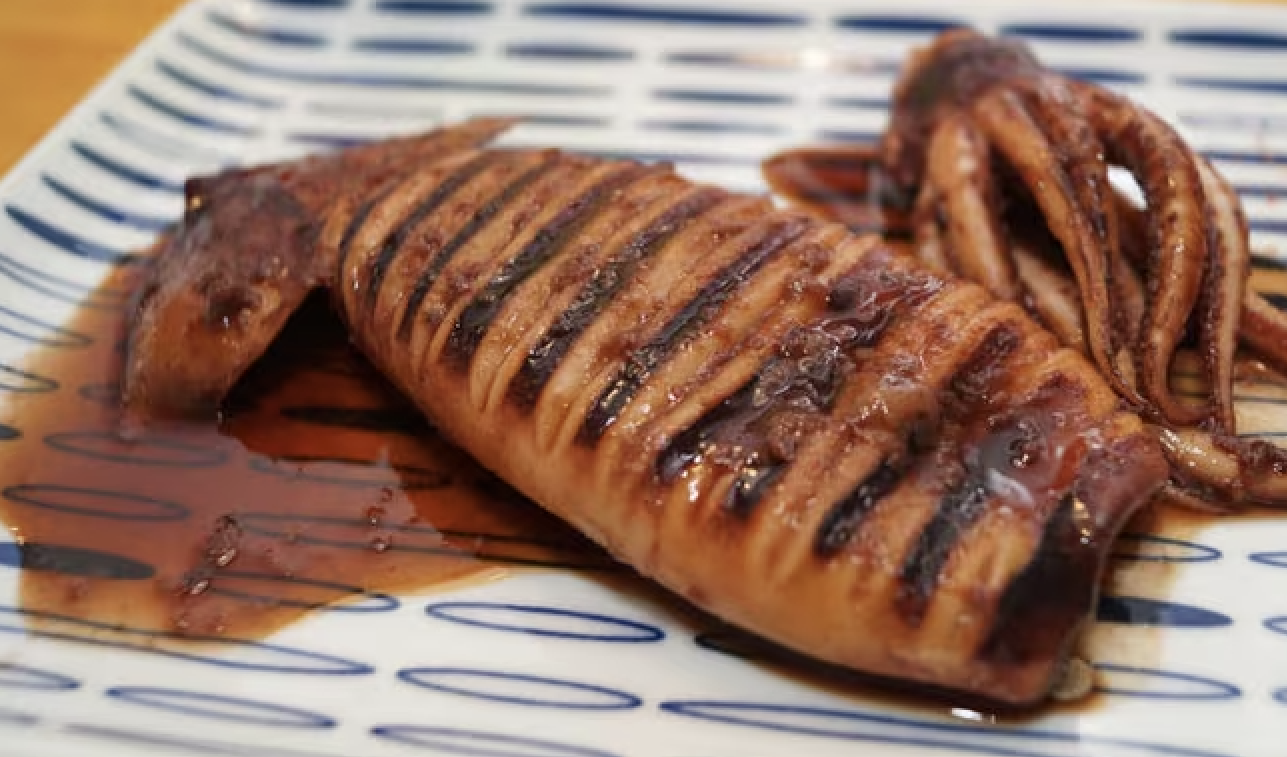
PROJECT Ika Yaki
Gingery griddle-seared squid, IKA YAKI イカ焼き is a favorite summer festival food sold thoughout Japan at yatai food stalls.
Visit the Summer Festival Food: YATAI post for more information about summer festivals and the food sold at yatai stalls.
This Kitchen PROJECT is about making ika yaki in YOUR kitchen.
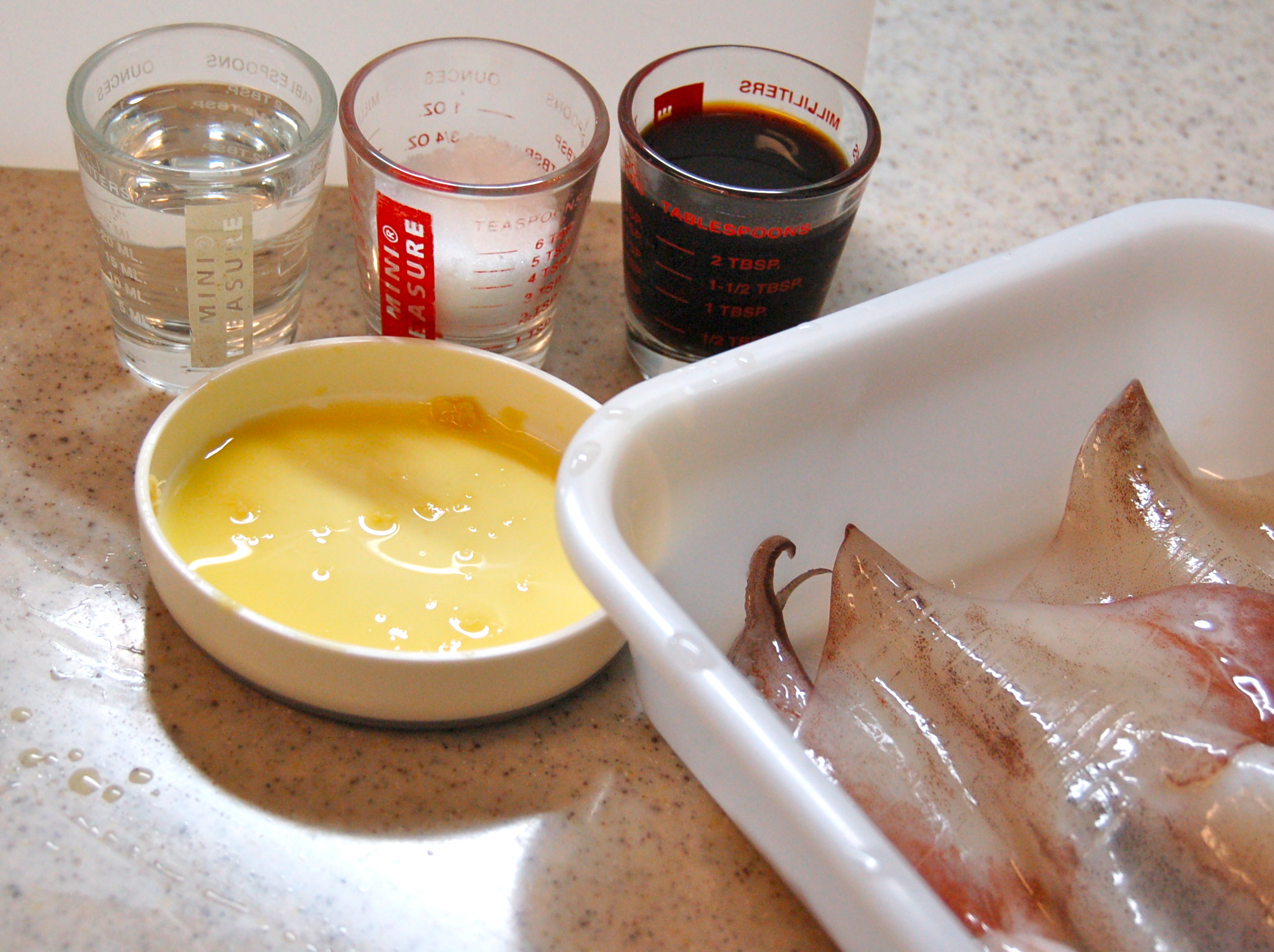
Making Ika Yaki
Searing squid over high heat then dousing it with gingery soy sauce sends inviting aromas wafting throughout the kitchen. Once you find your own local source for fresh squid, I am hoping this recipe will become a regular at your dinner table.

Cleaning Squid
If you’ve never tried cleaning whole squid before, let me show you how. Download full instructions here.
With a bit of practice you’ll soon be able to clean and griddle-sear squid in no time.
Download a copy of the AUGUST, 2025 newsletter, about Summer Festival Food YATAI
Recipes and Resources
Stock (Dashi)
Dashi stock is essential to making soups and simmered or stewed dishes. Dashi is also used when making many egg dishes and all sorts of sauces, dips and dressings. Using good dashi will make a noticeable difference in the outcome of so many dishes you prepare.
Click to download recipes for (vegan) Kelp Alone Stock or Standard Sea Stock + Smoky Sea Stock
How to Cook Rice
In Japanese, the word for cooked rice, ご飯 GOHAN, is the same as the word for a meal, ご飯 GOHAN. Indeed rice is central to the meal. Download the Rice with Mixed Grains recipe.
How to Prepare Sushi Rice
Sushi dishes are made with rice that has been seasoned (with sweetened vinegar) AFTER being cooked. Download the Classic Sushi Rice recipe.
Quick Pickles
The Japanese enjoy a wide variety of tsukémono pickles, many can be assembled quickly and are ready to eat within a short time.
Download a recipe for Quick-Fix Hakusai Cabbage.
Autumnal Culinary Pleasure: SANMA
The Japanese speak of aki no mikaku (autumnal eating pleasures). Of the many foods placed in that category, a slender, sleek, and steely-colored fish called sanma (Pacific saury; Cololabis saira 秋刀魚) has always been considered shomin no aji, or "food for the masses."...
PROJECT Eat to Beat the Heat
This PROJECT is about making foods that are refreshing and restorative when the weather is oppressively hot and humid. Mouth-puckering UMÉBOSHI have long been touted as a way of ensuring food safety on hot days because of their anti-bacterial properties. Members of...
Eat to Beat the Heat
The Japanese have long believed that foods beginning with the syllable “U" (written” う in hiragana), have special beat-the-heat properties. Most famous is UNAGI (eel, rich in vitamin B1) known as an antidote for summertime lethargy. The current custom of eating...
PROJECT Grandchildren are kind
Grandchildren are Kind (mago wa yasashii 孫は優しい) is an acronym that helps Japanese remember the seven food groups that help support a healthy diet. The food groups are: beans (mame), sesame (goma and other seeds and nuts) sea vegetables (wakame), leafy greens and root...

